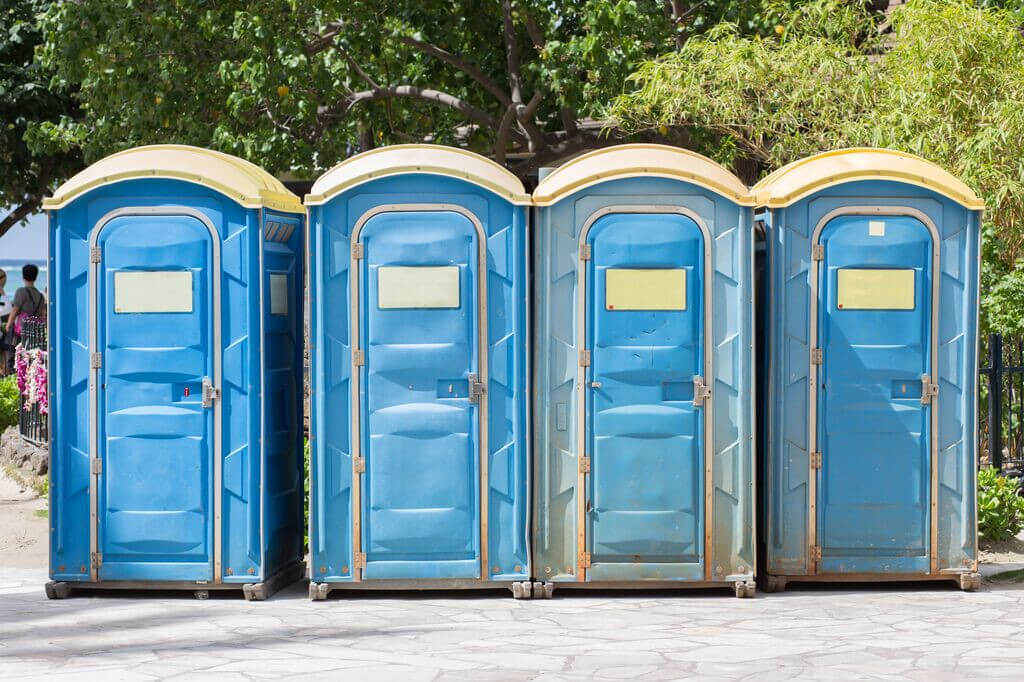Transforming your bathroom into an ADA-compliant space is essential for ensuring accessibility for everyone, especially individuals with disabilities. The Americans with Disabilities Act (ADA) sets forth standards that help create an inclusive environment in public facilities and many private spaces. In this guide, we'll explore how to achieve a fully compliant bathroom and cover everything from design elements to required specifications.
Understanding the Importance of ADA Compliance
When it comes to bathrooms, accessibility can make all the difference. An ADA-compliant bathroom is not just about meeting legal requirements; it's about fostering independence and comfort for everyone.
Why Is Accessibility Important?
Accessibility ensures that people with disabilities have equal access to facilities, allowing them to use restrooms without assistance. This recognition is crucial as it respects the dignity of every individual.
Who Benefits from an ADA-Compliant Bathroom?
- Individuals with Mobility Impairments: Those who use wheelchairs or walkers benefit greatly from accessible features. People with Temporary Injuries: A broken leg or other temporary condition might require additional support. Elderly Individuals: Aging often brings mobility challenges, making compliance essential.
What Are the Key ADA Guidelines for Bathrooms?
To transform your bathroom into an ADA-compliant space, understanding the guidelines is critical. Here are some fundamental requirements:
Space Requirements
The space must allow enough room for maneuverability:
- Minimum clear floor space of 60 inches in diameter. At least 30 inches by 48 inches of unobstructed floor space in front of fixtures.
Height Specifications
Toilets must meet specific height standards:
- Standard height should be between 17 inches and 19 inches from the floor.
How to Transform Your Bathroom into an ADA Compliant Space
Transforming your bathroom involves several steps to portable toilet rental ensure compliance with ADA regulations. Let's break down these steps one by one.
1. Evaluate Your Current Bathroom Layout
Start by assessing your existing layout. Identify any obstacles that may hinder access and consider how you can rearrange elements for better flow.
2. Choose the Right Fixtures
Opt for fixtures designed specifically for accessibility:
- Install a toilet that is ADA-compliant in terms of height. Consider using a sink that allows wheelchair access underneath.
3. Ensure Doorway Accessibility
The door should be at least 32 inches wide when open, allowing easy entry for wheelchairs or walkers.
Installing Automatic Doors
If possible, installing automatic doors can significantly enhance accessibility.
4. Install Grab Bars
Grab bars are essential for support and safety, particularly near toilets and in showers:

- Position them at heights between 33 and 36 inches from the floor.
Choosing Grab Bar Materials
Select durable materials such as stainless steel or reinforced plastic that can withstand daily use.
5. Upgrade Shower Facilities
An accessible shower stall should feature:
- A roll-in design without curbs. Non-slip flooring for safety.
Understanding Toilet Accessibility Standards
One of the most crucial aspects of an accessible bathroom is ensuring that the toilet meets all necessary guidelines.
What Is Considered an ADA-Compliant Toilet?
An ADA-compliant toilet is designed with specific dimensions and features:
- Height between 17-19 inches Adequate clearance on both sides
The Difference Between ADA and Non-ADA Toilets
Non-ADA compliant toilets often fall short in height or spacing requirements, making them less accessible.
Common Questions About Accessible Toilets
Many homeowners have questions regarding compliance specifics. Here are some frequently asked questions (FAQs):
What size is the ADA portable toilet?- An ADA portable toilet typically measures around 60 inches wide by 60 inches deep, providing ample maneuvering space inside.
- While not mandatory in all cases, having a urinal can enhance convenience and accessibility options.
- Adjust the height, ensure proper placement within a larger accessible area, and install grab bars nearby for support.
- An accessible lavatory should allow knee clearance beneath and be mounted within specified height limits—usually between 29 and 36 inches off the ground.
- The centerline of the toilet must be situated at least 18 inches away from any side wall or obstruction.
- It’s advisable not to transport a full porta-potty due to spillage risks; always empty before moving it.
Creating More Space: Small Bathroom Solutions
If your bathroom is on the smaller side, transforming it into an ADA-compliant space may seem daunting but isn't impossible!
1. Utilize Vertical Space Wisely
Consider high-mounted shelves that don’t impede movement below; this maximizes storage without cluttering up valuable floor space.
2. Select Compact Fixtures
Choose smaller sinks or corner-mounted units designed specifically for limited spaces while still adhering to accessibility standards.
Table: Compact Fixture Options
| Fixture Type | Description | |------------------|--------------------------------------| | Wall-Mounted Sink| Saves floor space | | Corner Toilet | Fits snugly into tight spaces |
Incorporating Technology for Enhanced Access
Advancements in technology offer innovative solutions that can make your bathroom more user-friendly.
Smart Toilets
These toilets come equipped with features like automatic flushing and adjustable heights—all controlled via remote or smartphone apps!
Conclusion
Transforming your bathroom into an ADA-compliant space doesn’t just fulfill legal obligations; it creates a welcoming environment where everyone feels comfortable using facilities without barriers. By following these guidelines—from assessing current layouts to choosing appropriate fixtures—you'll create a functional yet stylish restroom suitable for all users!
This article has covered various aspects of creating an accessible bathroom while addressing common queries regarding compliance standards across different contexts such as residential versus commercial settings! If you’re unsure whether your project complies fully—or need help navigating local regulations—consider consulting professionals specializing in accessible design today!